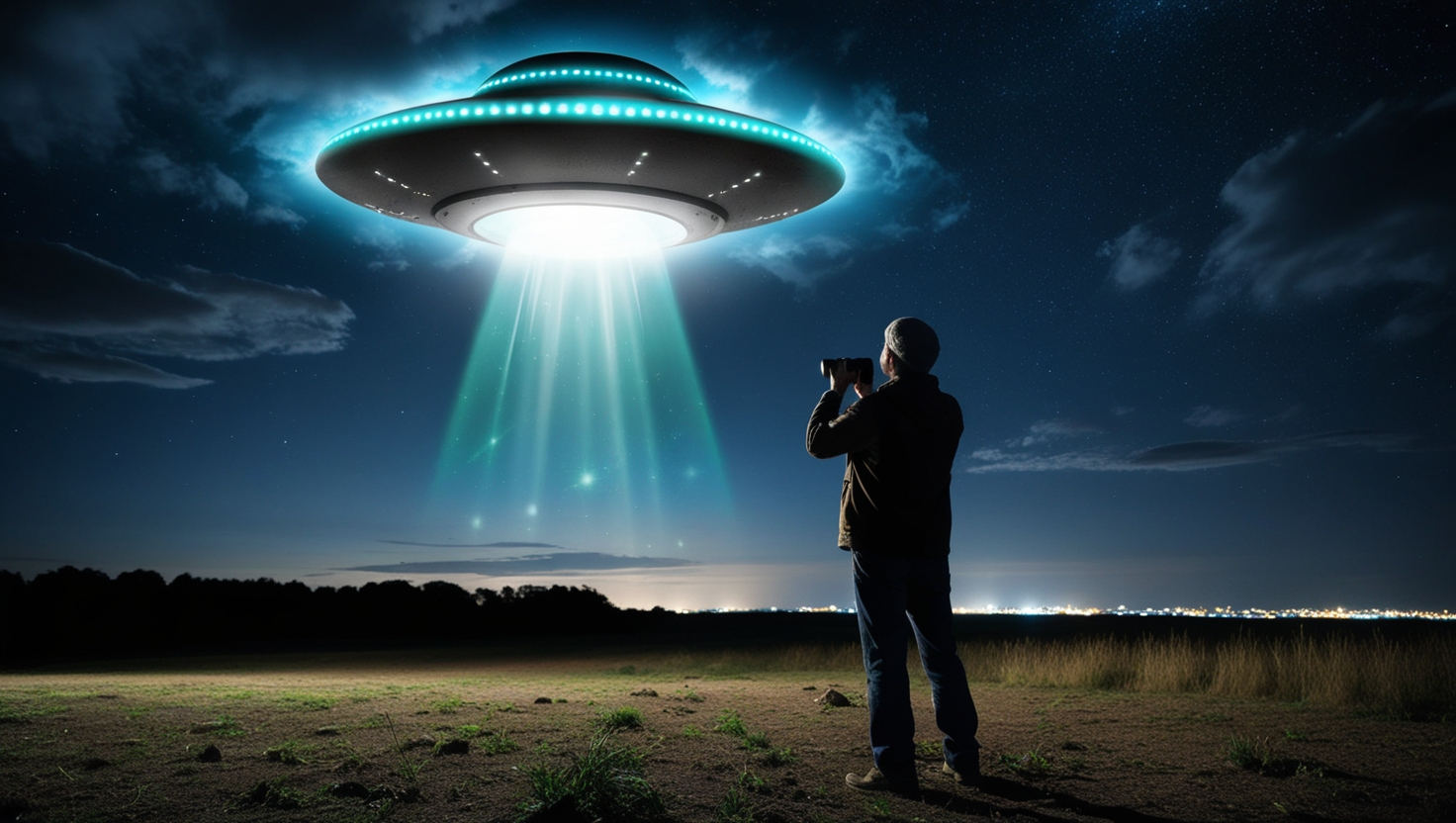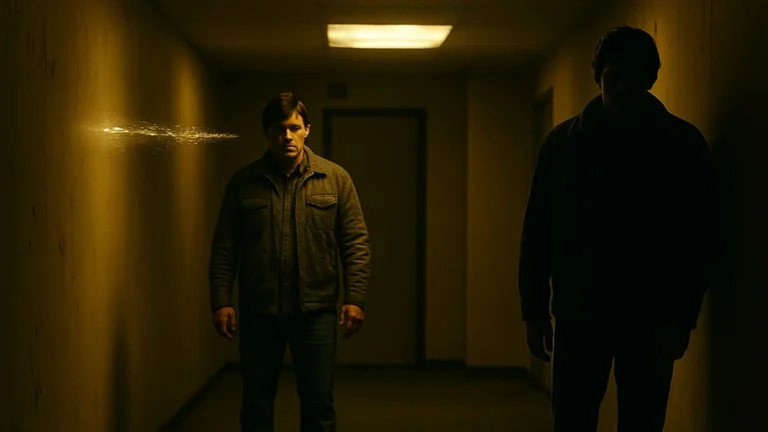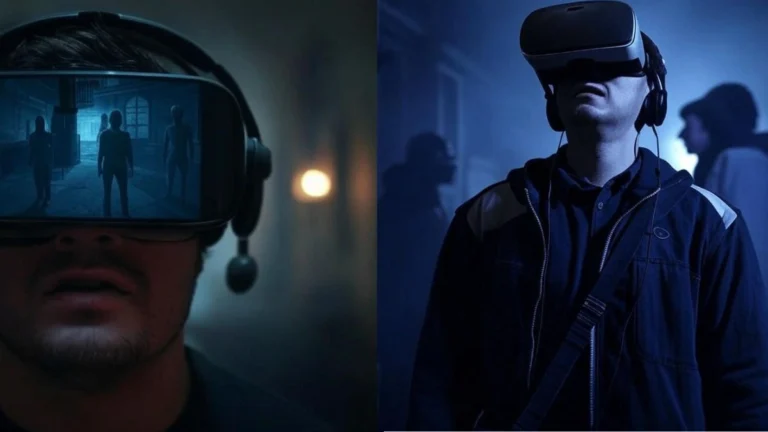Since the U.S. government now acknowledges Unidentified Aerial Phenomena (UAP), more people are watching the skies. But how can you tell if you’re seeing a genuine UFO vs. a plane, drone, or natural phenomenon? Here’s how to identify a true UFO—and what to do if you see one.
1. Look for These 5 Key UFO Characteristics
Genuine UAPs often exhibit unusual flight patterns that defy known physics:
✅ Instant Acceleration/Deceleration – Moves from hovering to hypersonic speeds in seconds.
✅ No Visible Wings or Exhaust – No contrails, engines, or flight surfaces.
✅ Anti-Gravity Movements – Sudden 90° turns, zig-zagging, or dropping straight down.
✅ Silent or Unusual Sounds – Some hum or vibrate; others are eerily quiet.
✅ Transmedium Travel – Seen moving between air, water, and space seamlessly.
🔹 Compare to normal objects:
- Drones (buzzing sound, slower, no extreme maneuvers).
- Planes (contrails, blinking lights, follow flight paths).
- Satellites (steady, slow movement in a straight line).
2. Check the Time & Location
UFOs are most often reported:
🌙 At night (but daytime sightings happen).
🌊 Near military bases, nuclear sites, or large bodies of water.
✈️ In areas with high aviation activity (but they defy standard flight rules).
🔹 Hotspots: Nevada (near Area 51), Puerto Rico (USO sightings), Japan, and coastal regions.
3. Rule Out Common Misidentifications
Before calling it a UFO, eliminate:
- Starlink Satellites (string of lights in a straight line).
- Chinese Lanterns (drifting, flickering, often in groups).
- Weather Balloons (slow, floating, often metallic).
- Ball Lightning/Plasma (rare but natural glowing orbs).
📱 Use apps like FlightRadar24 or SkyView to check for aircraft/astronomy events.
4. Document the Sighting Properly
If you see something strange:
📸 Take video/photos (zoom in, keep steady).
📝 Note exact time, location, direction, and duration.
🎤 Record sounds (some UAPs emit low-frequency hums).
👥 Ask witnesses (corroboration strengthens credibility).
🔹 Pro tip: Film with a reference object (tree, building) to show scale/speed.
5. Report to Official UFO Databases
- U.S.: All-Domain Anomaly Resolution Office (AARO) (Pentagon’s UAP office).
- Global: National UFO Reporting Center (NUFORC) or MUFON.
- Pilots/Military: File a NASA Aviation Safety Report.
6. Be Skeptical (But Open-Minded)
- Hoaxes are common (CGI, drones with LEDs).
- Governments don’t confirm UFOs as “alien.”
- Some UFOs are later explained (secret military tech).
🔹 Best attitude: “I don’t know what this is—let’s find out.”
What If You See a UFO?
- Stay calm (most UFOs are just observers).
- Document everything (time, location, behavior).
- Report it (helps researchers track patterns).
- Don’t chase it (some witnesses report “missing time”).
🛸 Bottom Line: True UFOs are rare, but they are real—now even the Pentagon admits it.
Have you ever seen a UFO? Share your story below!








